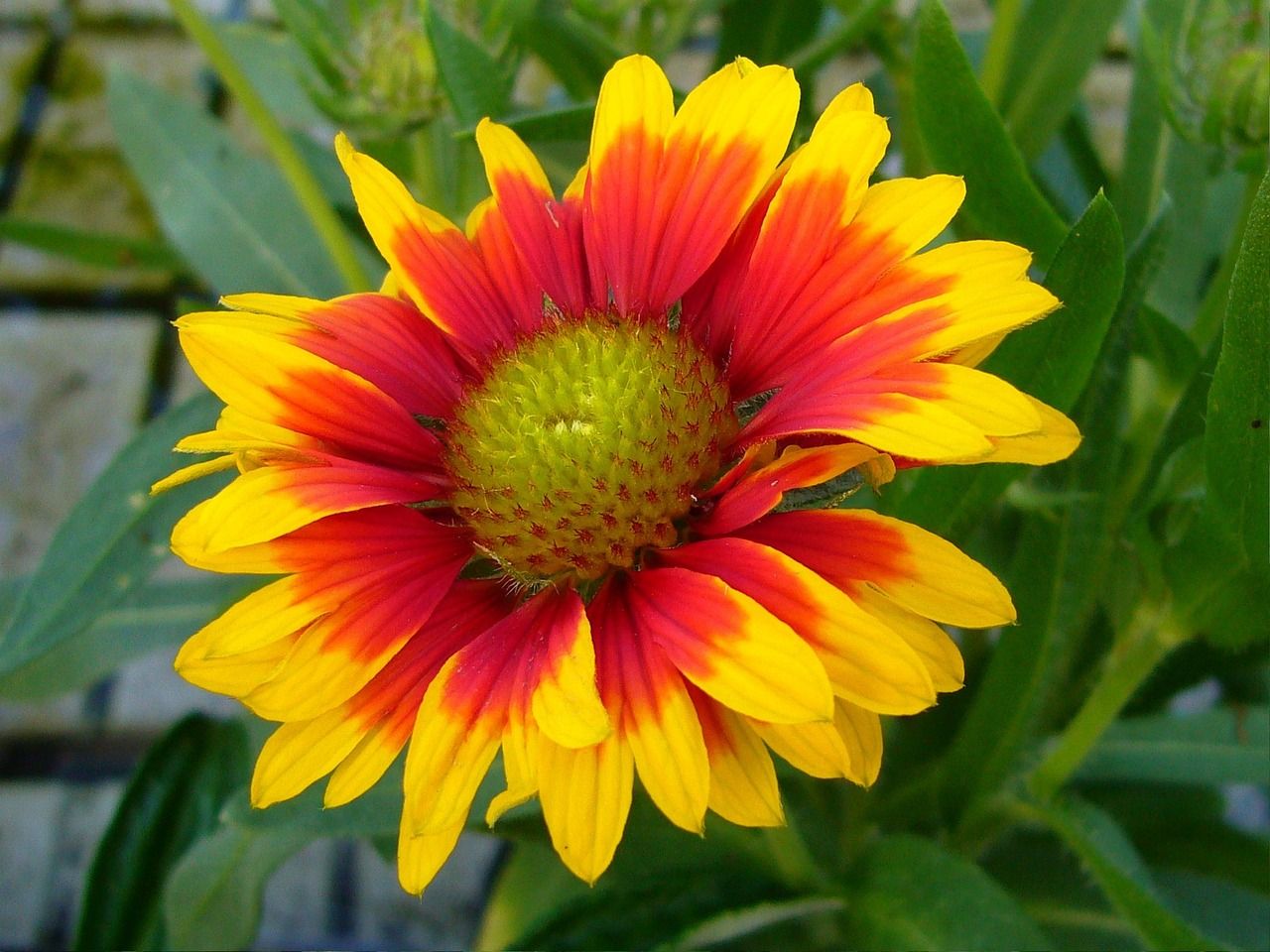Planting and Growing Blanket Flowers Using Traditional and Sustainable Techniques


Introduction
- Blanket Flowers (Gaillardia spp.) are a colorful and drought-tolerant flowering plant native to North America.
- This guide will provide detailed planting and growing instructions for both traditional and sustainable methods, including no-till, permaculture, and regenerative techniques.
- Instructions will take into account variations in growing locations and conditions.
Planting Instructions
Choose the right time
- Plant Blanket Flowers in the spring or early summer after the last frost has passed.
- Optimal soil temperature for germination is between 60°F and 70°F (16°C - 21°C).
Select a suitable location
- Blanket Flowers prefer well-draining soil with a pH between 5.5-7.5.
- Plant in full sun to partial shade.
Prepare the soil (Traditional method)
- Remove weeds and grasses from the planting area.
- Till the soil to a depth of 6-8 inches (15-20 cm) and incorporate organic matter such as compost or aged manure.
Prepare the soil (No-till method)
- Mow or cut any existing vegetation as close to the ground as possible.
- Spread a layer of compost or aged manure (1-2 inches) over the planting area to provide nutrients and improve soil structure.
Sow the seeds
- Traditional method: Scatter seeds over the prepared area and cover with a thin layer of soil.
- No-till method: Use a seed injector or hand broadcasting to evenly distribute seeds on the surface of the soil.
Water and maintain
- Keep the soil consistently moist until germination occurs (usually within 10-14 days).
- Reduce watering frequency as the plants establish.
Growing Instructions
Incorporate permaculture and regenerative techniques
- Plant Blanket Flowers in a polyculture setting to promote biodiversity and soil health.
- Utilize swales, contour planting, and keyline design to maximize water retention and distribution.
- Encourage beneficial insects and wildlife to create a balanced ecosystem and natural pest control.
Fertilization
- Blanket Flowers do not require additional fertilization if grown in nutrient-rich soil.
- If soil fertility is low, utilize compost, aged manure, or organic fertilizers to maintain soil health and avoid chemical inputs.
Pest and disease management
- Blanket Flowers are relatively pest and disease-resistant but monitor for signs of infestations or infections.
- Practice proper sanitation and ensure good air circulation to reduce disease pressure.
Irrigation
- Established Blanket Flowers are drought-tolerant but will benefit from supplemental irrigation during extended dry periods.
- Utilize water-saving techniques like drip irrigation, rainwater catchment, or mulching to conserve water resources.
Weed control
- Traditional method: Employ mechanical cultivation or chemical herbicides to manage weeds.
- Sustainable method: Use mulching or hand weeding to suppress weed growth and minimize soil disturbance.
Pruning and deadheading
- To promote bushier growth and more blooms, pinch back the top growth of the plant by about one-third in the early summer.
- Deadhead spent blooms regularly to encourage continued flowering throughout the growing season.
Harvesting and termination
- Blanket Flowers are primarily grown for their ornamental value and do not require harvesting or termination.
By following these detailed planting and growing instructions for both traditional and sustainable methods, you can successfully cultivate Blanket Flowers in various growing zones, providing numerous benefits such as pollinator habitat, erosion control, and aesthetic appeal. Incorporating no-till, permaculture, and regenerative techniques will not only promote a healthy and productive crop but also contribute to a more environmentally friendly and sustainable agricultural system.
In addition to these techniques, it's important to note that Blanket Flowers are a valuable source of nectar and pollen for bees, butterflies, and other pollinators. By incorporating Blanket Flowers into your landscape, you can provide a crucial food source for these important species, supporting the health of the broader ecosystem.
Blanket Flowers are a versatile and easy-to-grow plant that can be cultivated using a variety of traditional and sustainable methods. By following the instructions outlined in this guide, you can successfully grow Blanket Flowers in your own garden or farm, contributing to a more resilient and sustainable agricultural system.
